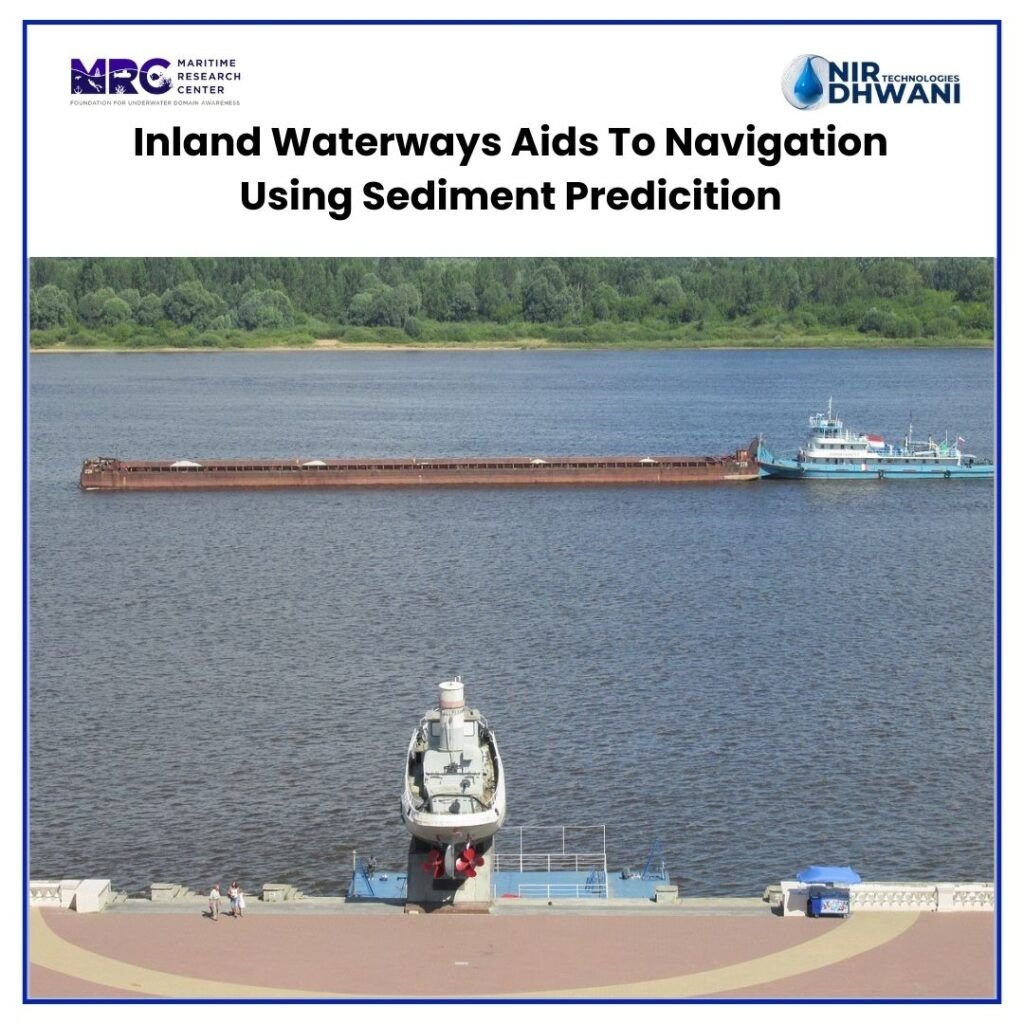This research note assesses the potential of Inland water transportation in India and various advantages associated with it. It highlights the ‘sediment levels predictions’ as a promising technique to make our water more navigable. It suggests that inland water transportation has the least impact on the environment and has least cost when compared to road and railways. It further recommends methods that can be developed to estimate the bed load levels of the Brahmaputra River. The research note discusses several methods which have been developed to study sediment and model the sediment concentration in rivers. It recommends dredging techniques as it not only reduces flooding by allowing more water to stay in the river but also makes the river navigable.
- Brahmaputra basin has flood issues that stem from the fact that it has the second highest sediment levels in the world, it gathers sediments from soft rocks and landslide-affected areas of the Himalayas.
- Several methods have been developed to study sediment and model the sediment concentration in rivers.
- Support Vector Regressions are used to predict the Bed load material concentrations.
- Methods can be developed to estimate the bed load levels.
- A warning generation algorithm should be developed to introduce the sediment aspects into the Aids to Navigation system.
- Channel geometry can be predicted using neural networks that require grain size and discharge rate using data pre-processing and tuning of the hyperparameters of the architecture.
- Another possibility is to determine bed load transport using a machine learning approach. Here, the bed load material (kg/s) is plotted against discharge (m3/s) for a particular location on the river.
- Navigable rivers should be monitored by installing sensor networks along waterways.
- The installed sensor network along the waterway would make it possible to obtain real-time data on tides, current, salinity, wind etc. and to study the behaviour of these variables.
- Every year during the south-west monsoon, the main stream and the tributaries of the Brahmaputra spill over their banks causing devastating floods in the Assam Plains associated with huge loss and damage to human lives, property, and infrastructure.
- Transport of soil and sediment associated with nutrients in the runoff and its deposition in various sinks is a matter of concern.
- Another major challenge is the variable river channel geometry which has led to researchers looking into methods like remote sensing to model the channel geometry.
- There is a need to make our water systems more navigable and this holds true for the majority of Indian rivers.
- There is a need to understand our resources by gathering data and performing mathematical modeling.
- Mapping of the River channel geometry on a real time basis for Indian rivers will help increase the efficiency of the Inland water transport system.
- A warning generation algorithm should be developed to introduce the sediment aspects into the Aids to Navigation system.



Leave a Reply